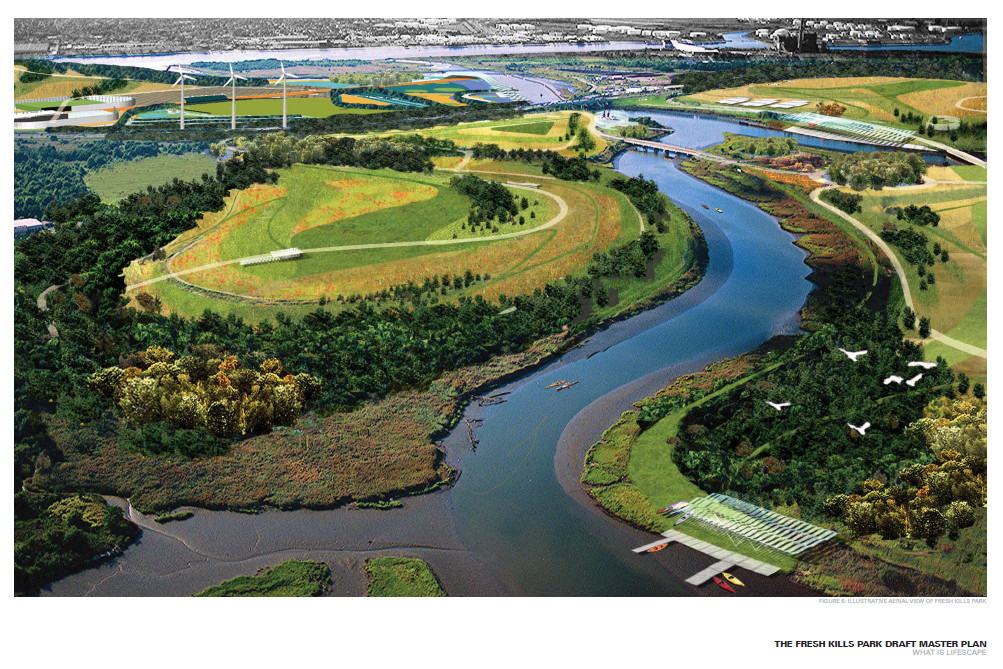
Every natural disaster has an "aftershock" in which we realize the fragility of our planet and the vulnerability of what we have built and created. We realize the threat to our lifestyles and the flaws in our design choices. The response to Hurricane Sandy in October 2012 was no different than the response to every other hurricane, earthquake, tornado , tsunami or monsoon that has wrought devastation in different parts of the world. We recognize our impact on the climate and promise to address how our development has caused severe disruptions in the planet's self-regulating processes. We acknowledge how outdated our systems of design have become in light of these damaging weather patterns and promise to change the way we design cities, coastlines and parks. We gradually learn from our mistakes and attempt to redress them with smarter choices for more sustainable and resilient design. Most importantly, we realize that we must learn from how natural processes self-regulate and apply these conditions to the way in which we design and build our urban spaces.
Since Hurricane Sandy, early considerations of environmentalists, planners and designers have entered the colloquiol vocabulary of politicians in addressing the issues of the United States' North Atlantic Coast. There are many issues that need to be tackled in regards to environmental development and urban design. One of the most prominent forces of Hurricane Sandy was the storm surge that pushed an enormous amount of ocean salt water far inland, flooding whole neighborhoods in New Jersey, submerging most of Manhattan's southern half, destroying coastal homes along Long Island, and the Rockaways and sweeping away parts of Staten Island. Yet, despite the tremendous damage, there was a lot that we learned from the areas that resisted the hurricane's forces and within those areas are the applications that we must address for the rehabilitation and future development of these vulnerable conditions. Ironically, one of the answers lies within Fresh Kills - Staten Island's out-of-commission landfill - the largest landfill in the United States until it was shutdown in 2001. Find out how after the break.
Fresh Kills Landfill was opened in 1947 along the western coast of Staten Island as a temporary solution for New York City's waste just in time to accommodate an exponential rise in consumption in the post-World War II United States. Three years later, and the landfill continued to operate until it became the principal landfill for New York City, collecting the solid waste from all five boroughs in the "age of disposability". It is no wonder then, that the temporary solution swiftly became a 50-year one.







.jpg?1361892672)








